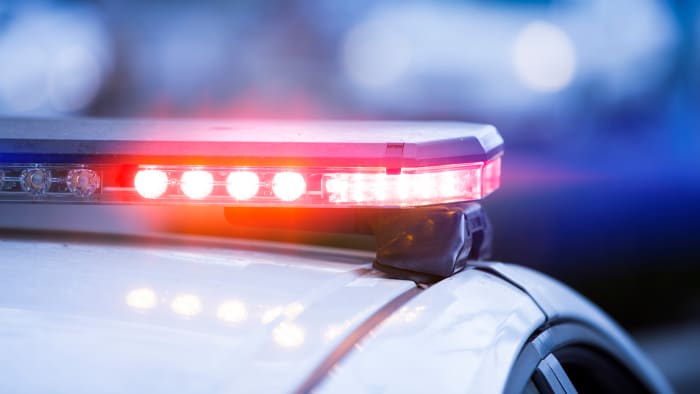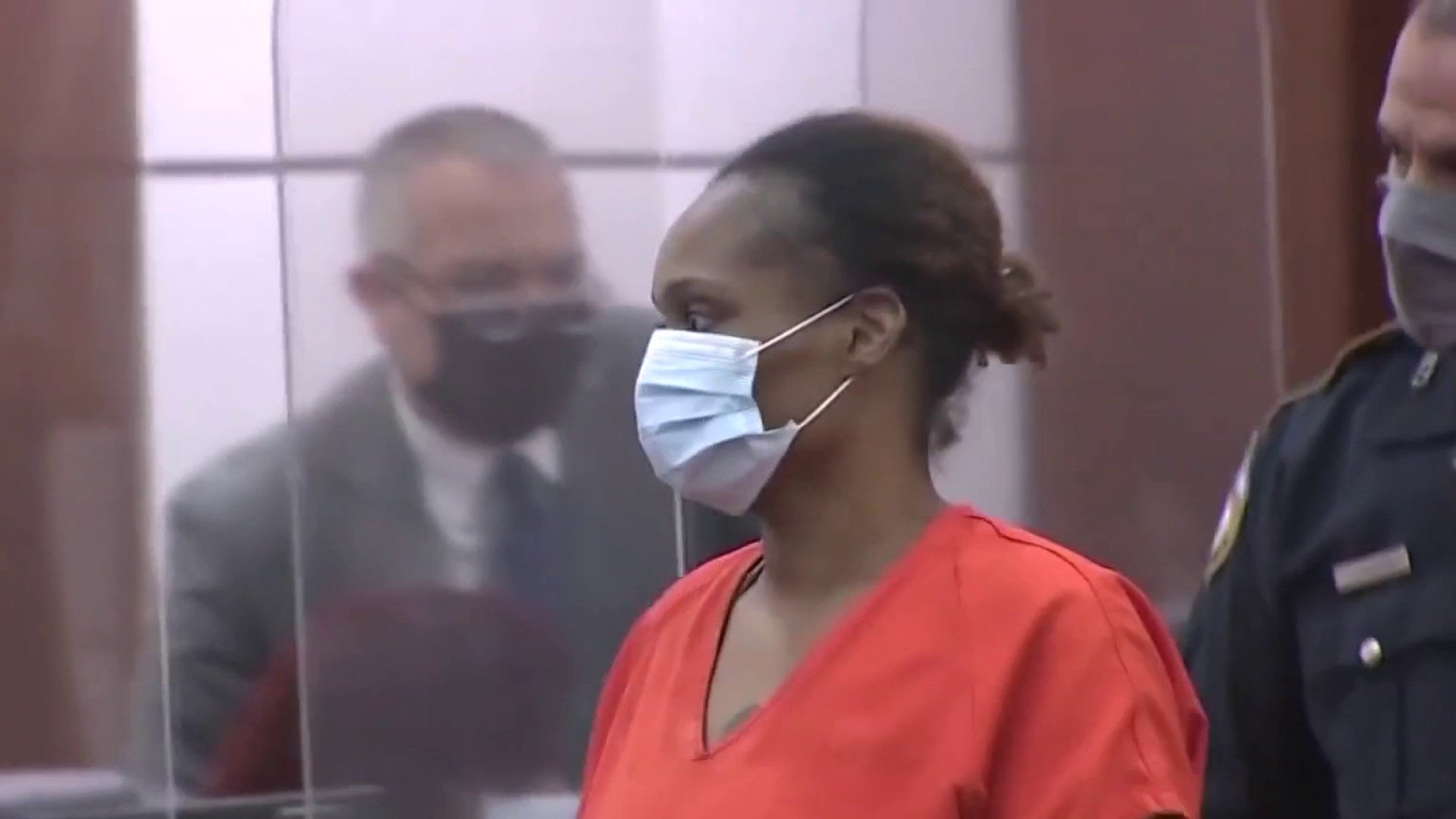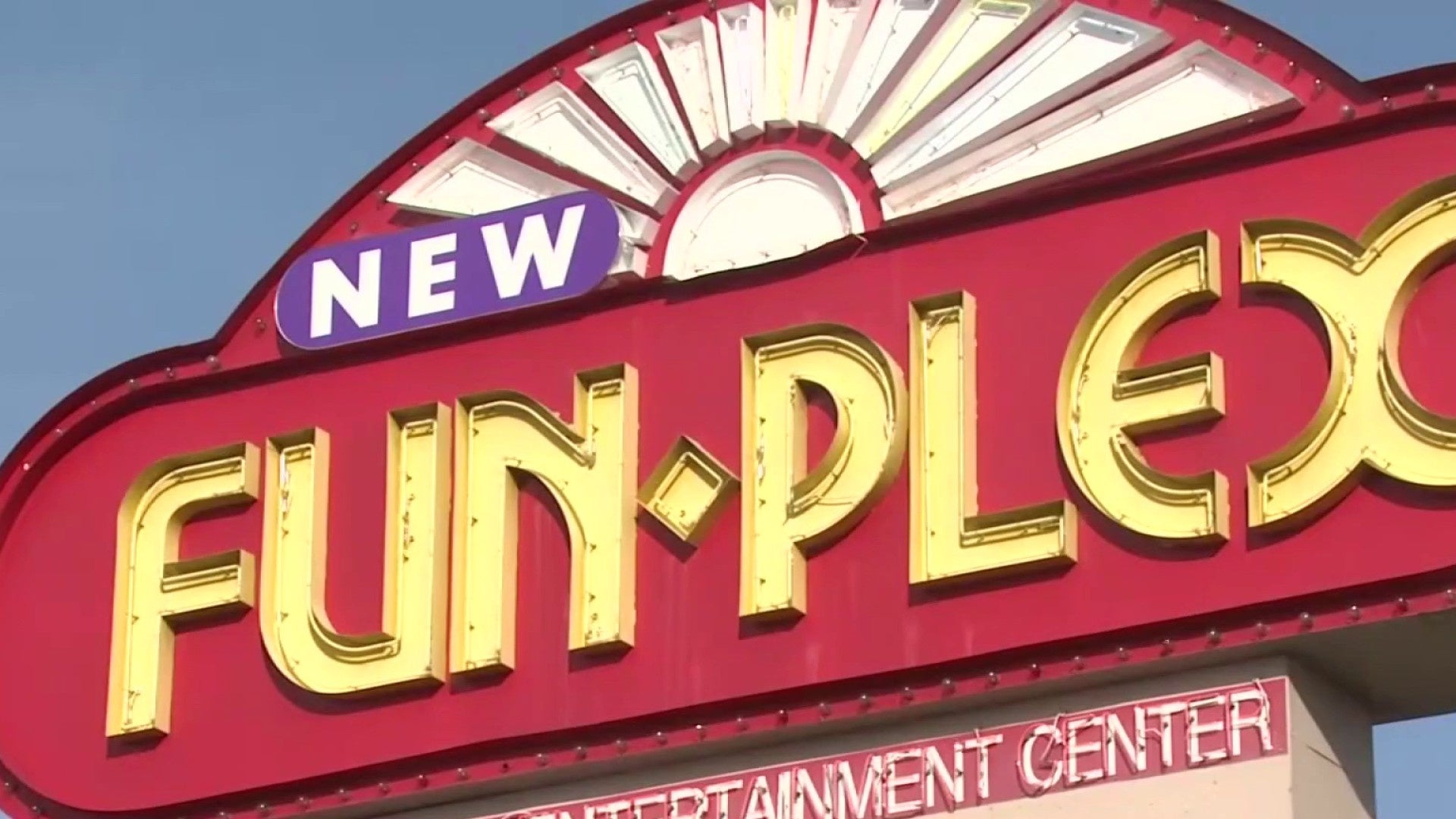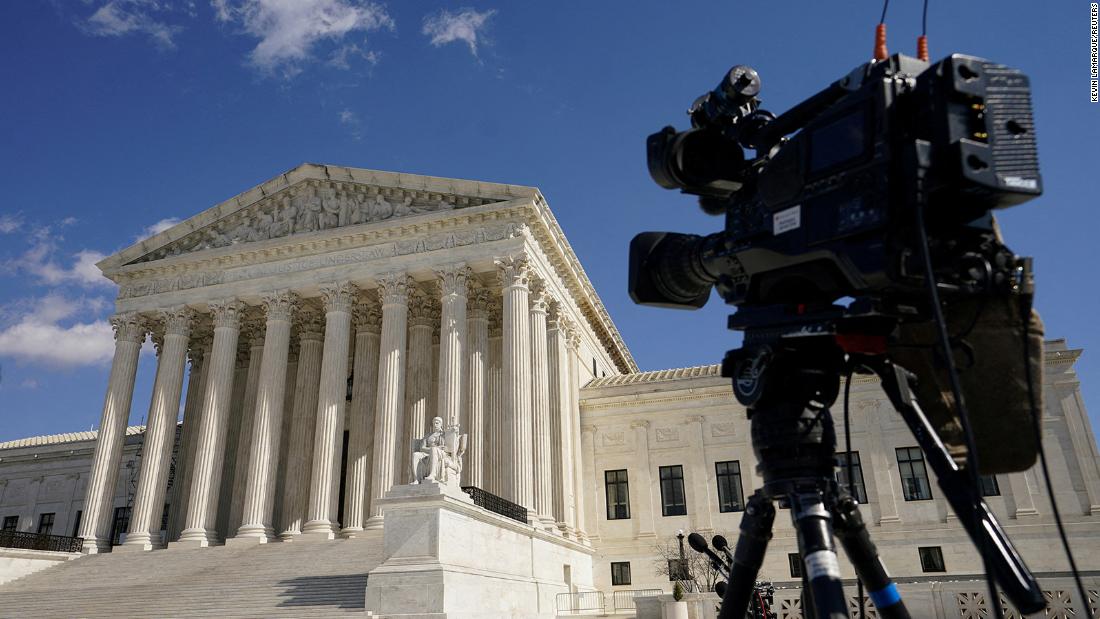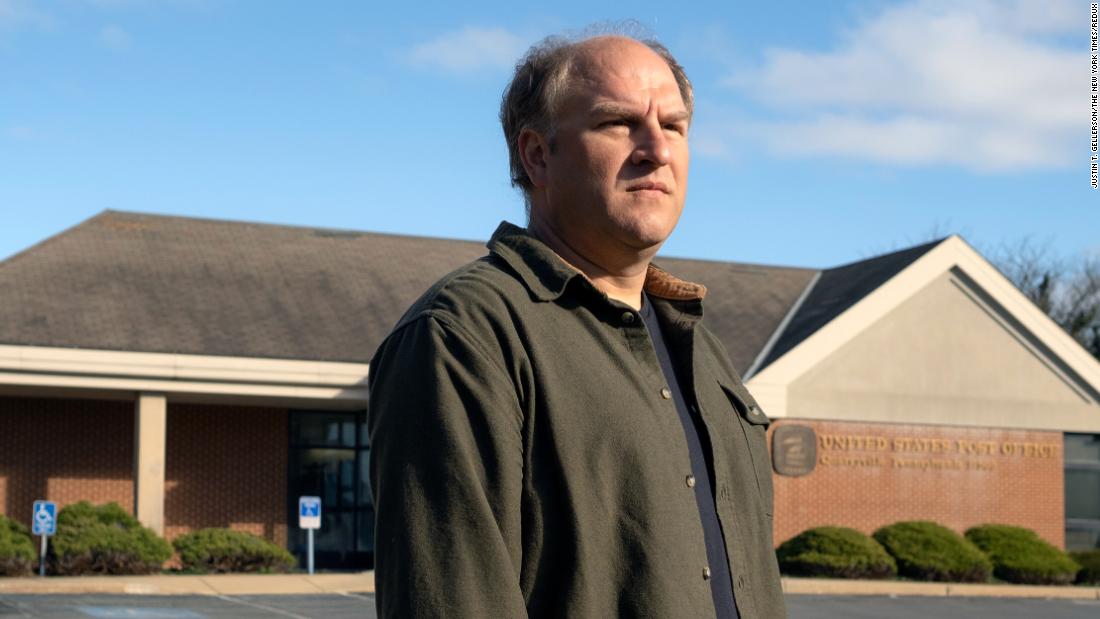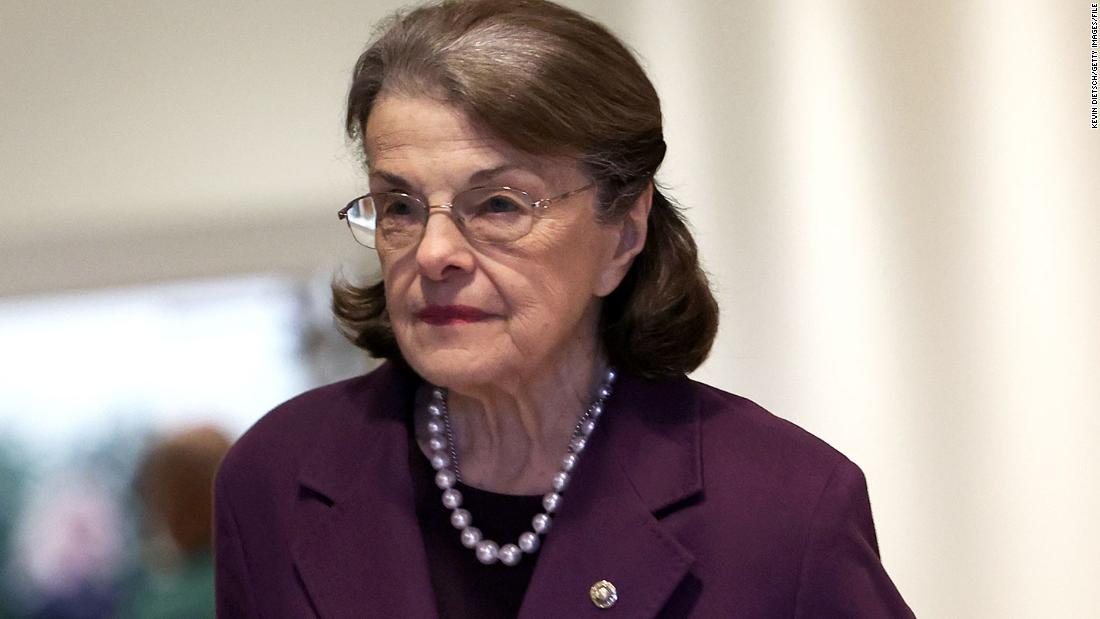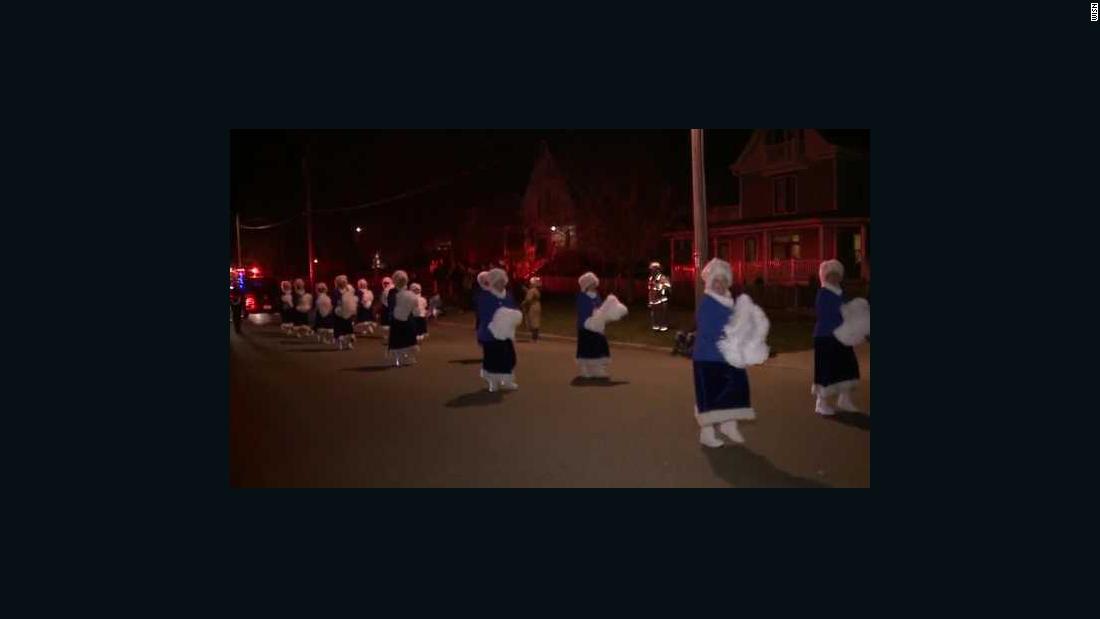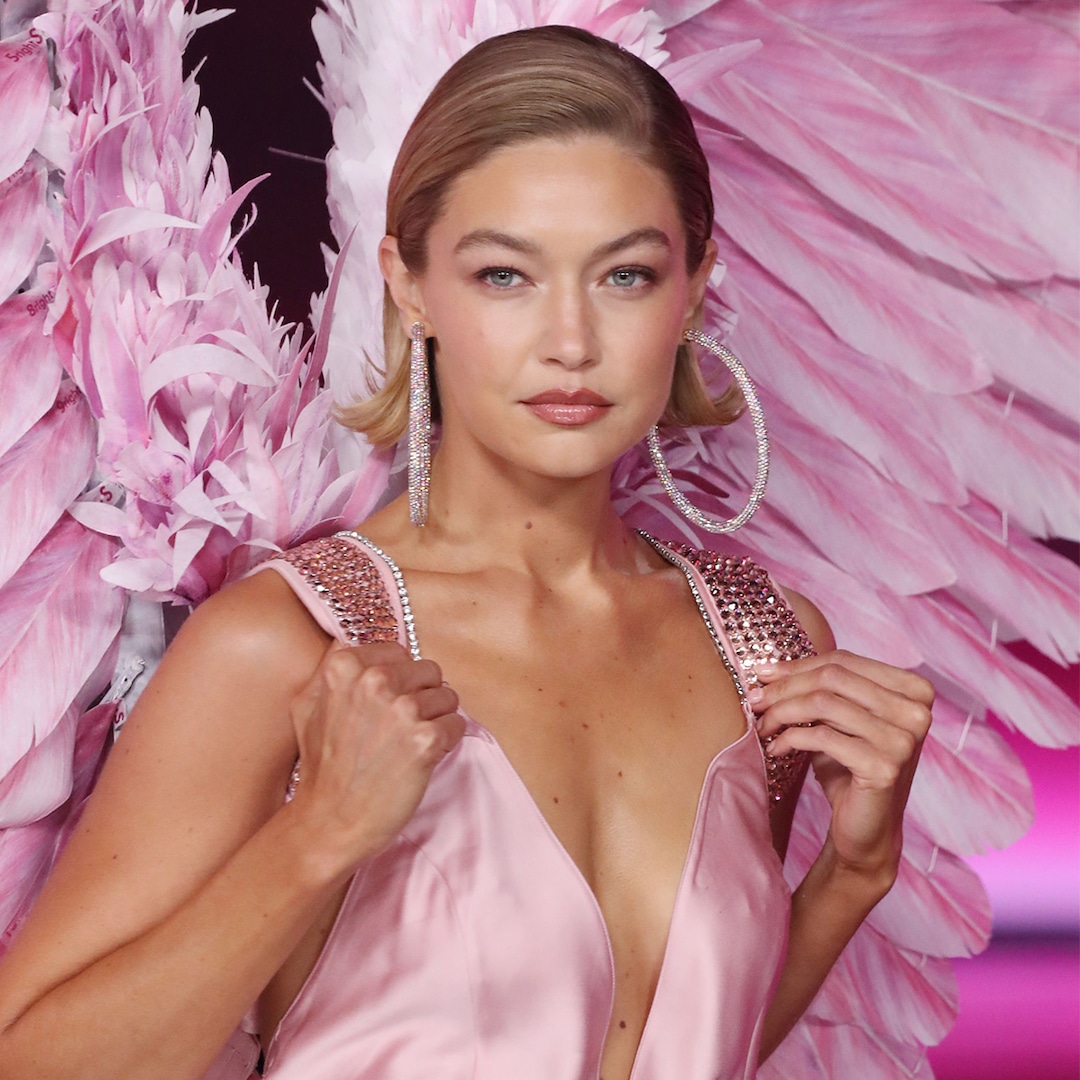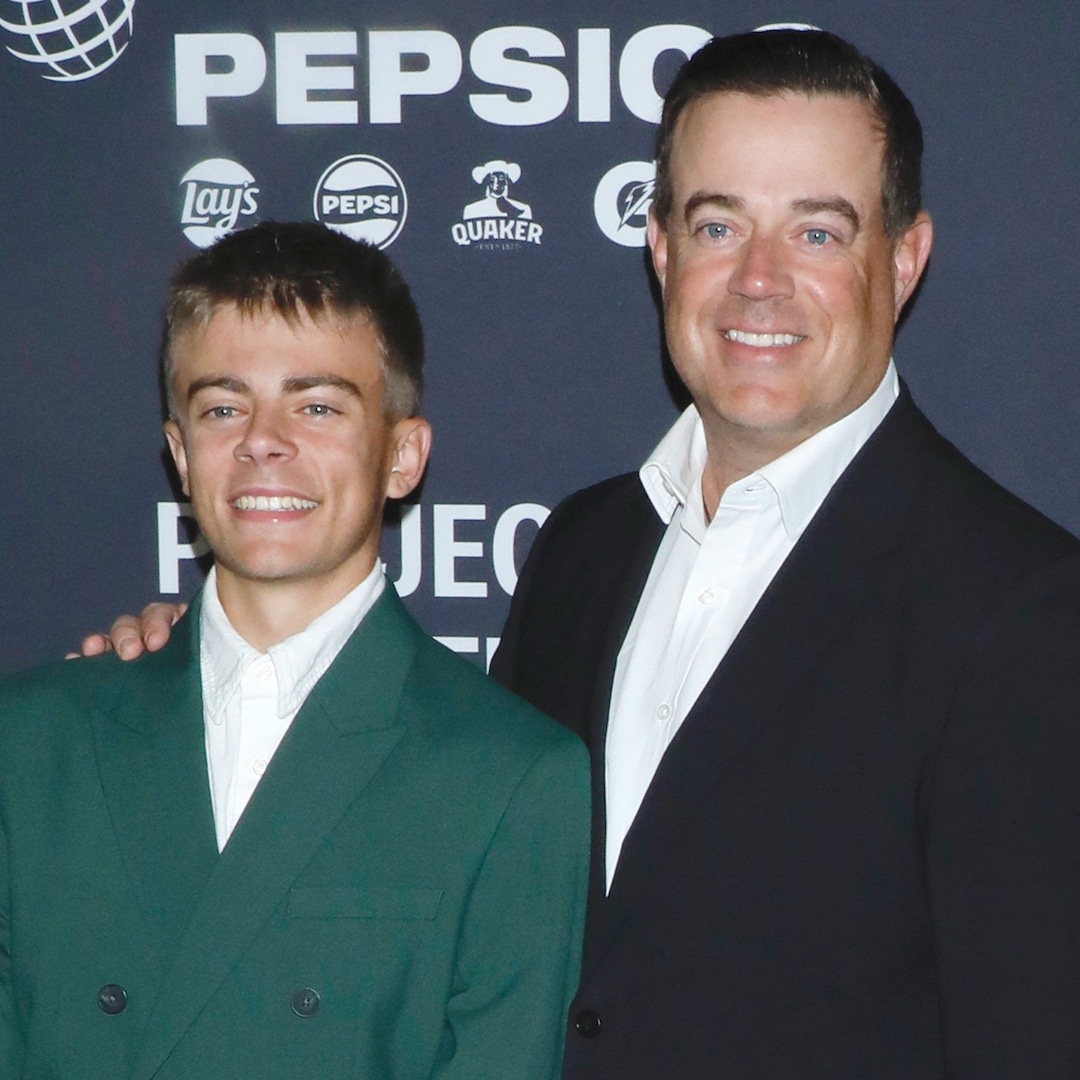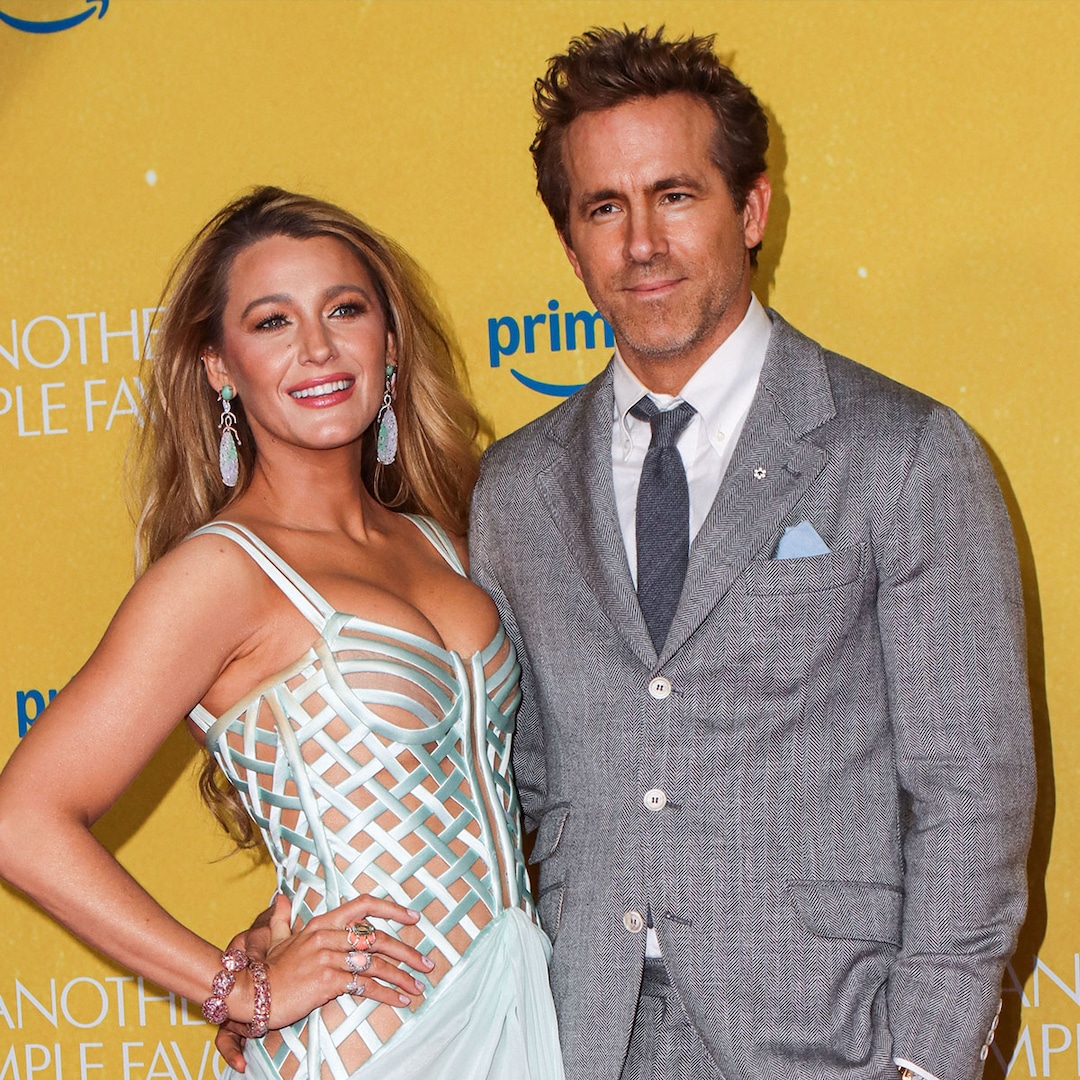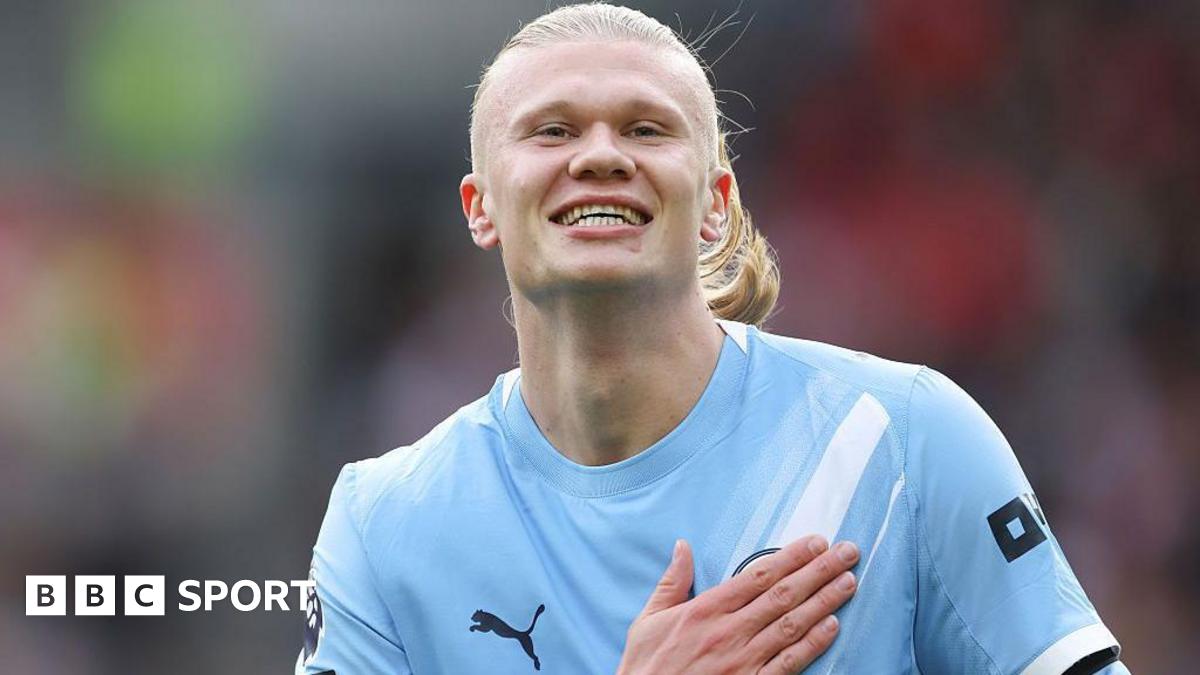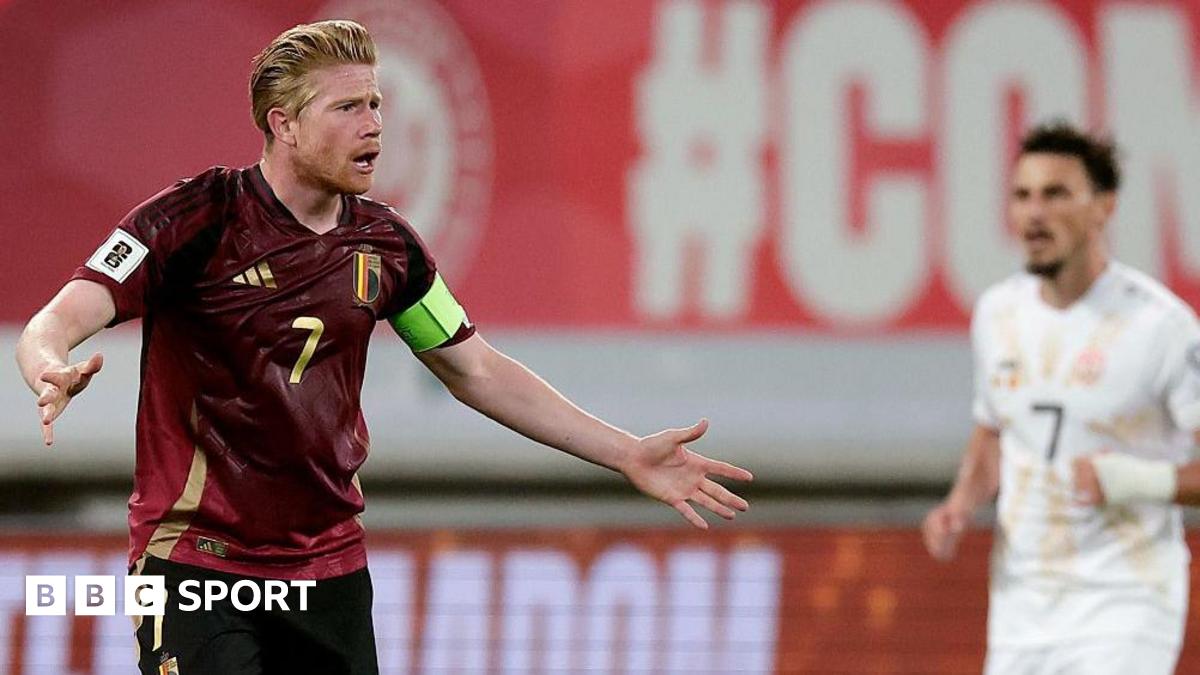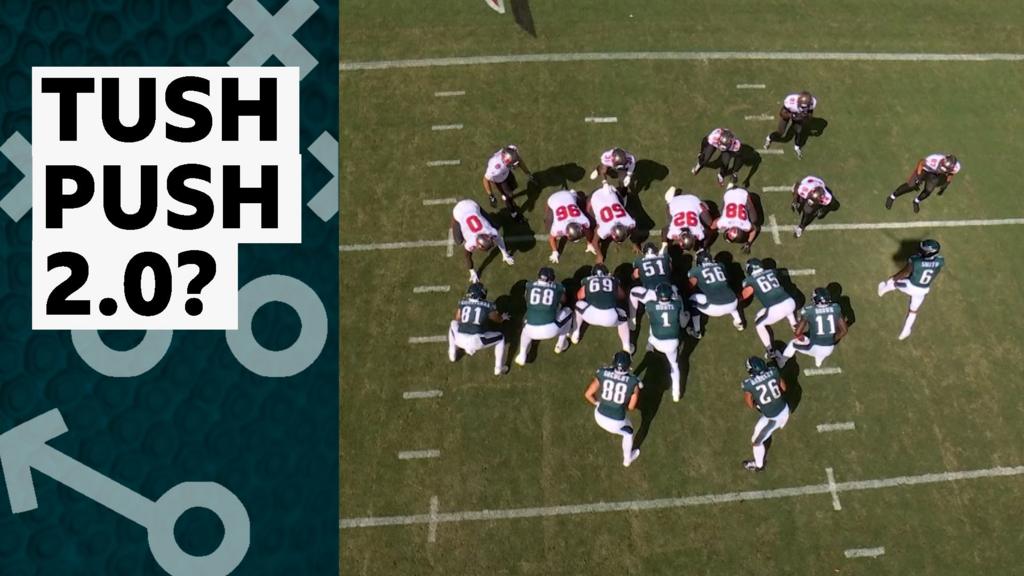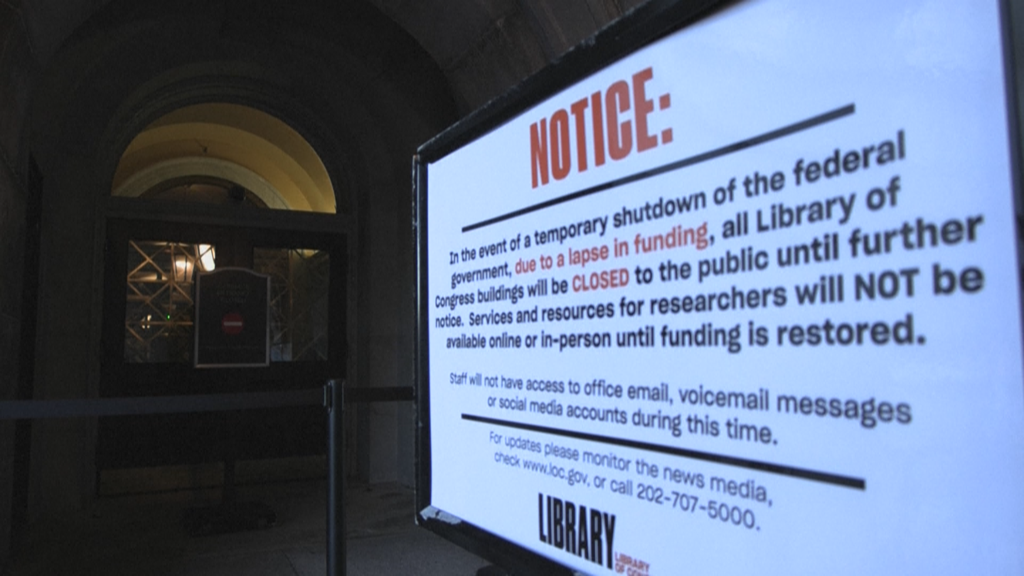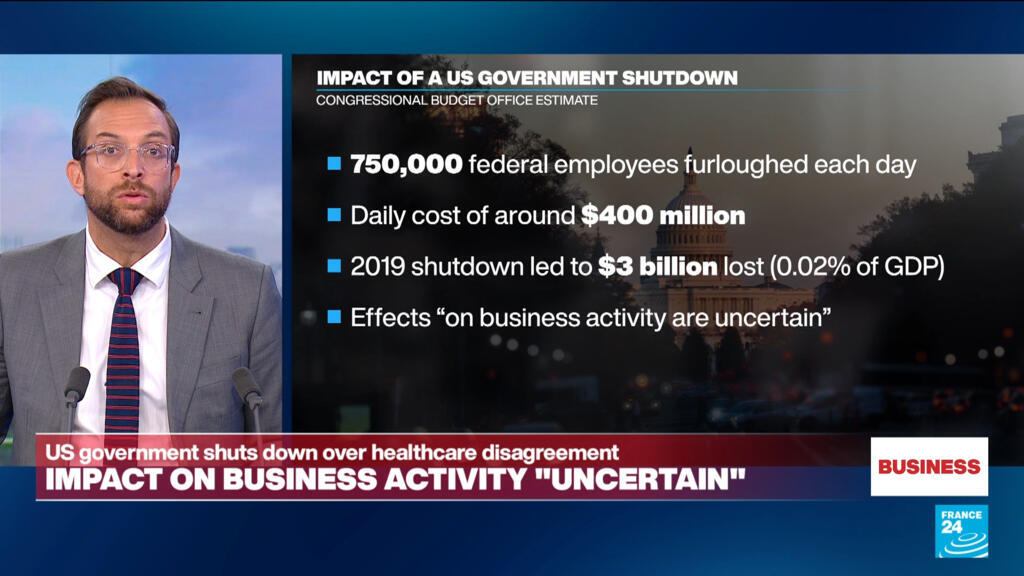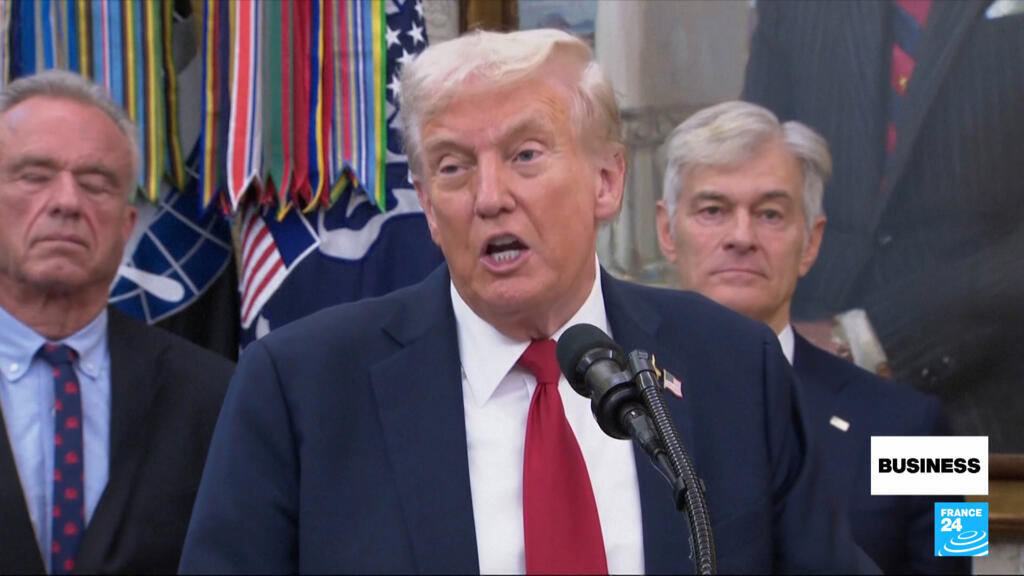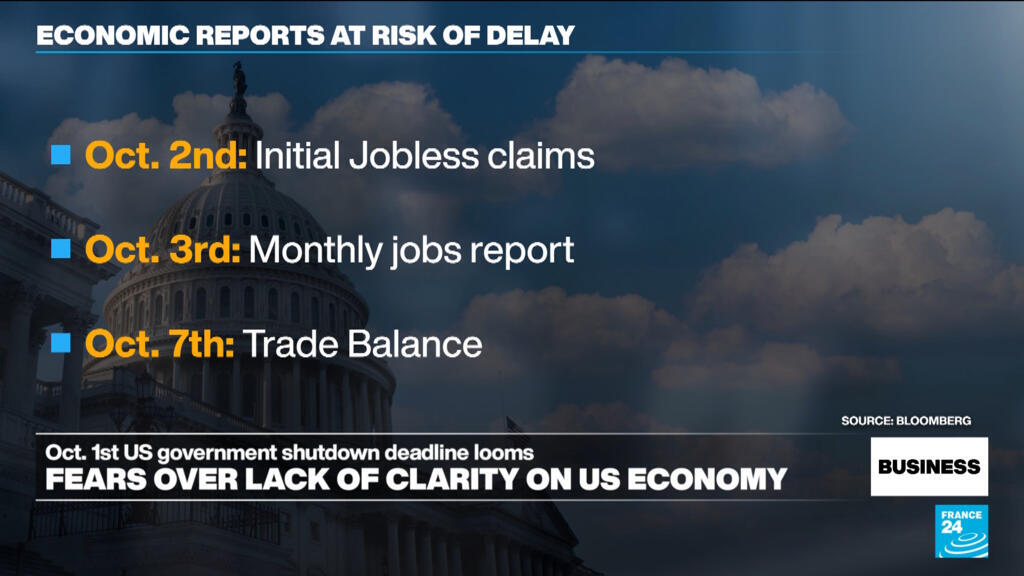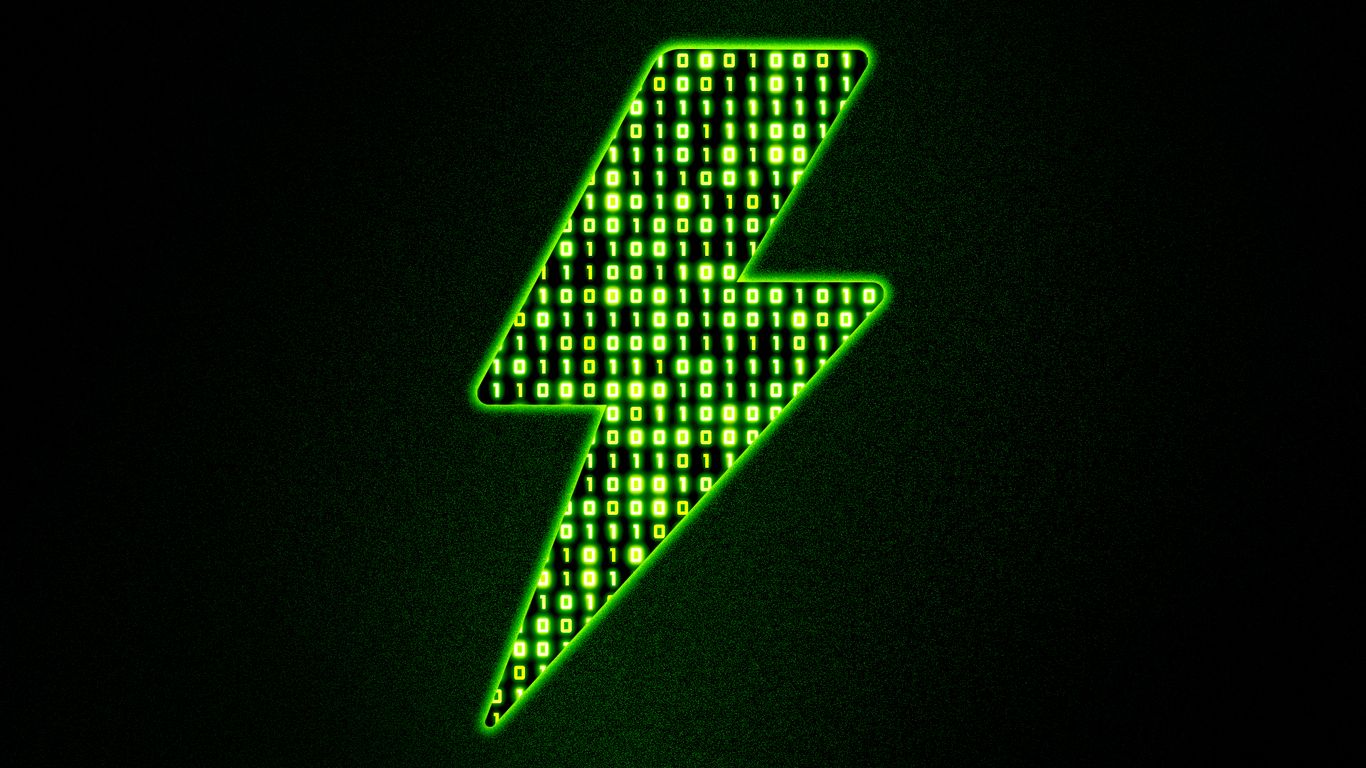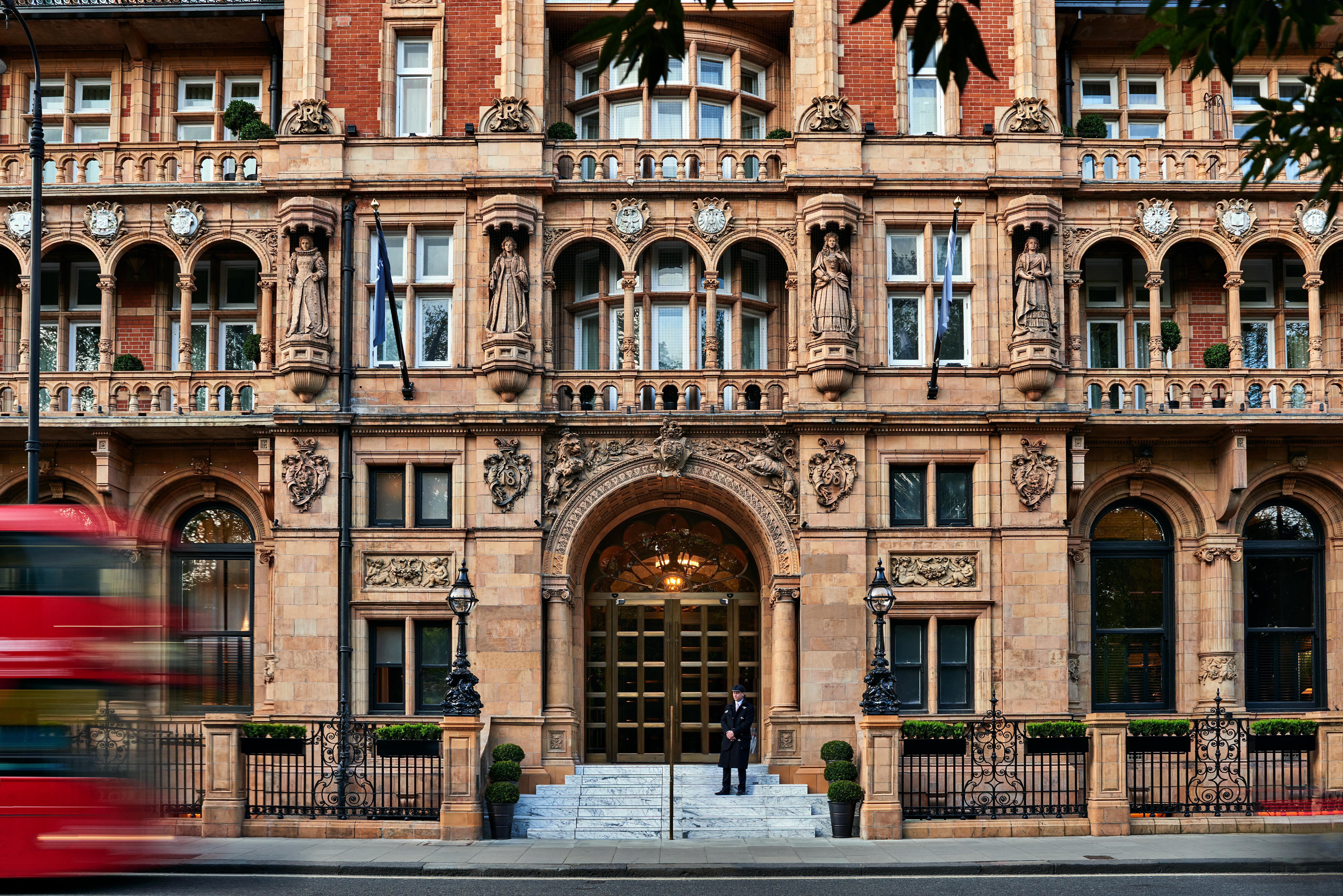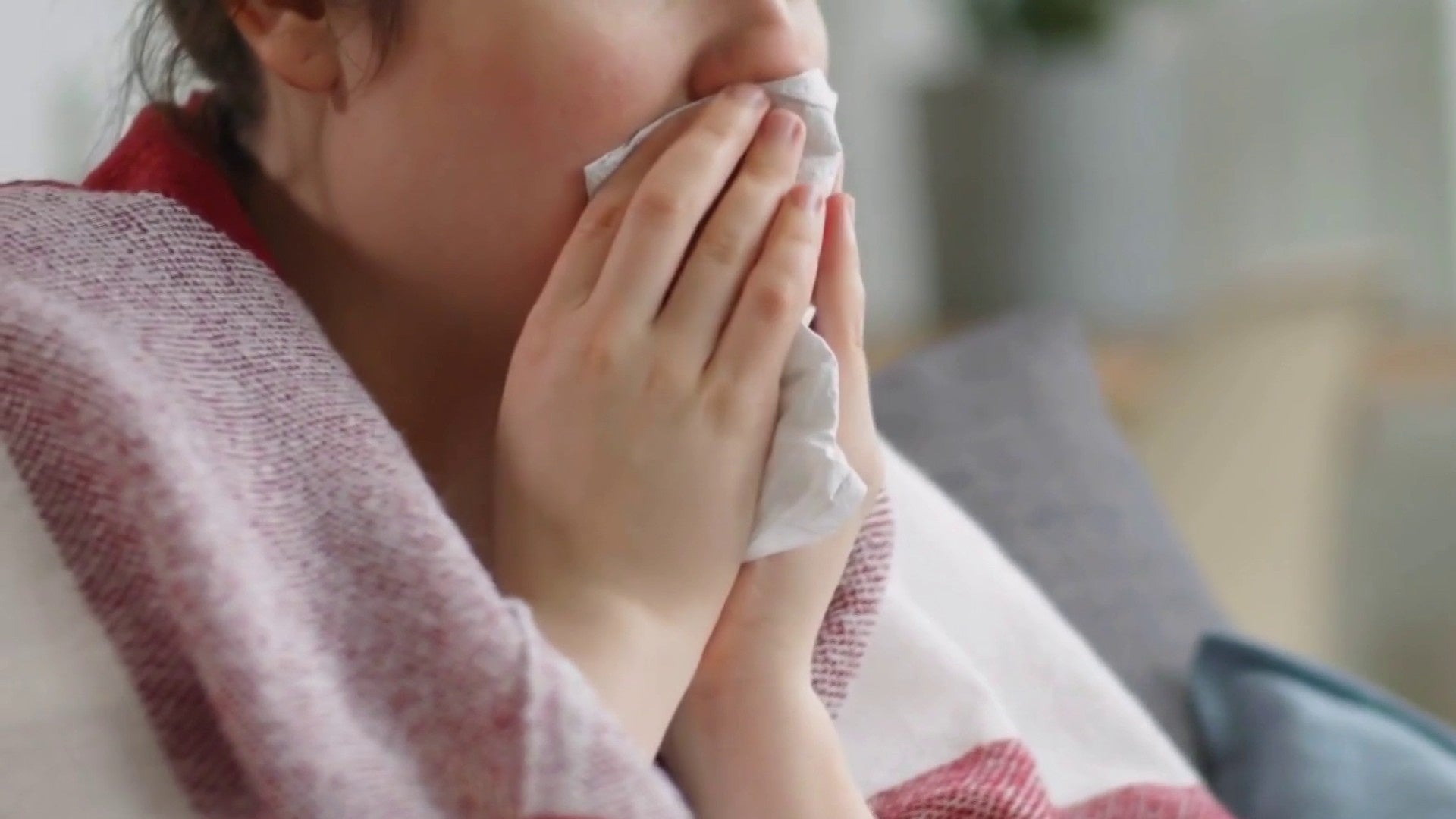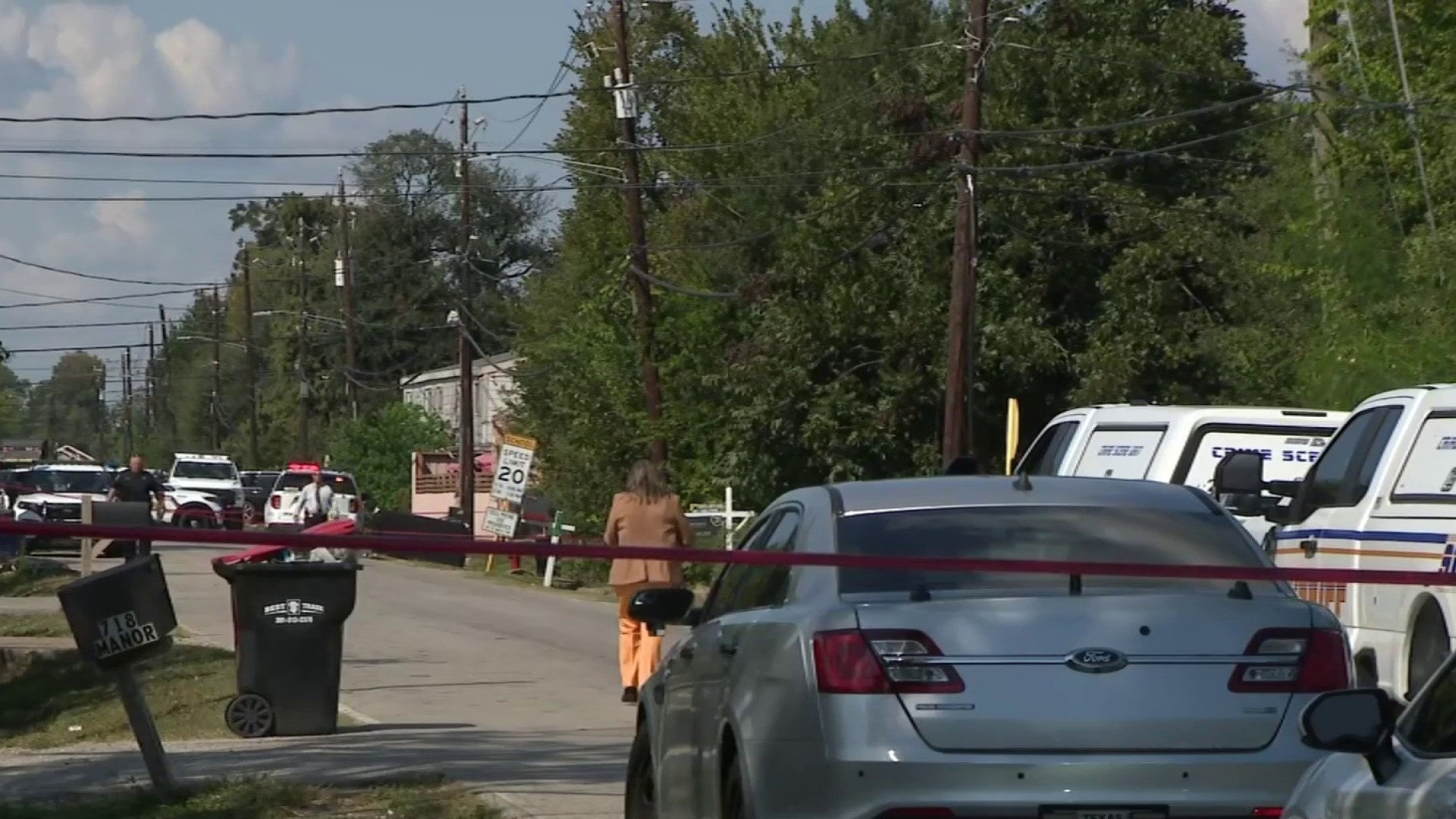George Floyd mural in Houston’s Third Ward may be removed under federal ‘Safe Roads’ policy
The mural, painted directly onto the street in 2021, sits in the neighborhood where Floyd grew up. It reads “Black Lives Matter” and features a football jersey with the number 88—a tribute to Floyd’s high school football number.
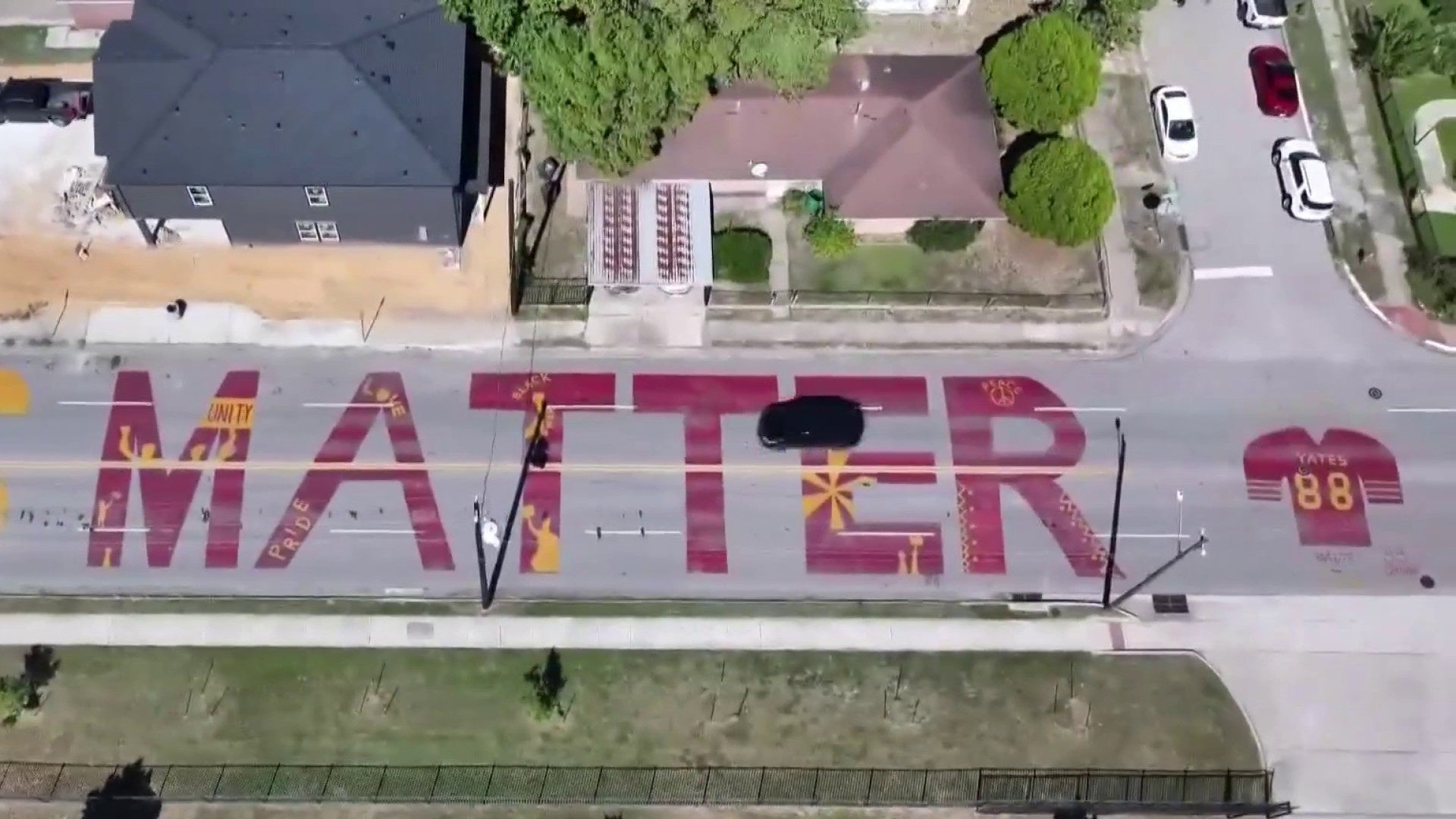
A mural honoring George Floyd in Houston’s Third Ward may be the next piece of community artwork targeted under a new federal initiative calling for the removal of “political ideologies” and “distractions” from public roadways.
The mural, painted directly onto the street in 2021, sits in the neighborhood where Floyd grew up. It reads “Black Lives Matter” and features a football jersey with the number 88—a tribute to Floyd’s high school football number.
It was funded entirely by the Third Ward community, similar to the rainbow crosswalks in Montrose that were paid for through private donations from Pride Houston.
“George Floyd was one of our own. His death was horrific,” said Councilwoman Dr. Carolyn Evans-Shabazz, who represents Houston’s District D. “Certainly, we wanted to make it clear that Black Lives Matter.”
Federal Push to Enforce “Safe Roads” Policy
On Wednesday, Texas Governor Greg Abbott directed the Texas Department of Transportation (TxDOT) to begin strictly enforcing the “Safe Roads” initiative introduced by U.S. Transportation Director Sean Duffy in July.
The policy mandates that all non-standard roadway artwork and messaging—including murals and painted crosswalks—must be removed to reduce visual distractions and improve road safety.
According to Evans-Shabazz, no one from TxDOT or the city has contacted her yet about the Third Ward mural. Still, she believes its removal is likely on the way.
“I don’t consider it to be a distraction,” she said. “I’m fully aware of what’s coming down from the state in this conversation.”
“Symbols of Love” and a Community’s Response
Despite the state’s directive, Evans-Shabazz says the mural is a meaningful and peaceful symbol of love, unity, and remembrance for the community—and removing it won’t change what it represents.
“Removing these symbols of love from the sidewalks and from the streets will not remove it from the hearts and minds of the people,” she said. “But what will also not be removed will be the insecurities of those who want them removed.”
TxDOT crash data shows only one additional distracted driving crash in the five years since the mural was installed compared to the five years prior. She argues that the mural poses no safety risk and believes resources should be directed to more urgent needs.
“Those things such as healthcare and Medicaid, Medicare—those things that actually take care of people—should be at the forefront of their minds, as well as reopening the government,” she said.
City Still Reviewing Compliance; LGBTQ+ Leaders Weigh In
When KPRC 2 News reached out to confirm whether the city is ordering the removal of the mural, a spokesperson said they are still in the process of identifying areas that do not comply with the Safe Roads initiative, including the Montrose rainbow crosswalks.
In response, the Greater Houston LGBTQ+ Chamber of Commerce said it is committed to working with city leaders and local partners to maintain inclusive visual representation in public spaces.
According to a letter sent by the U.S. Transportation Secretary, roadways featuring political messaging or visual distractions that remain in place could jeopardize federal transportation funding.
